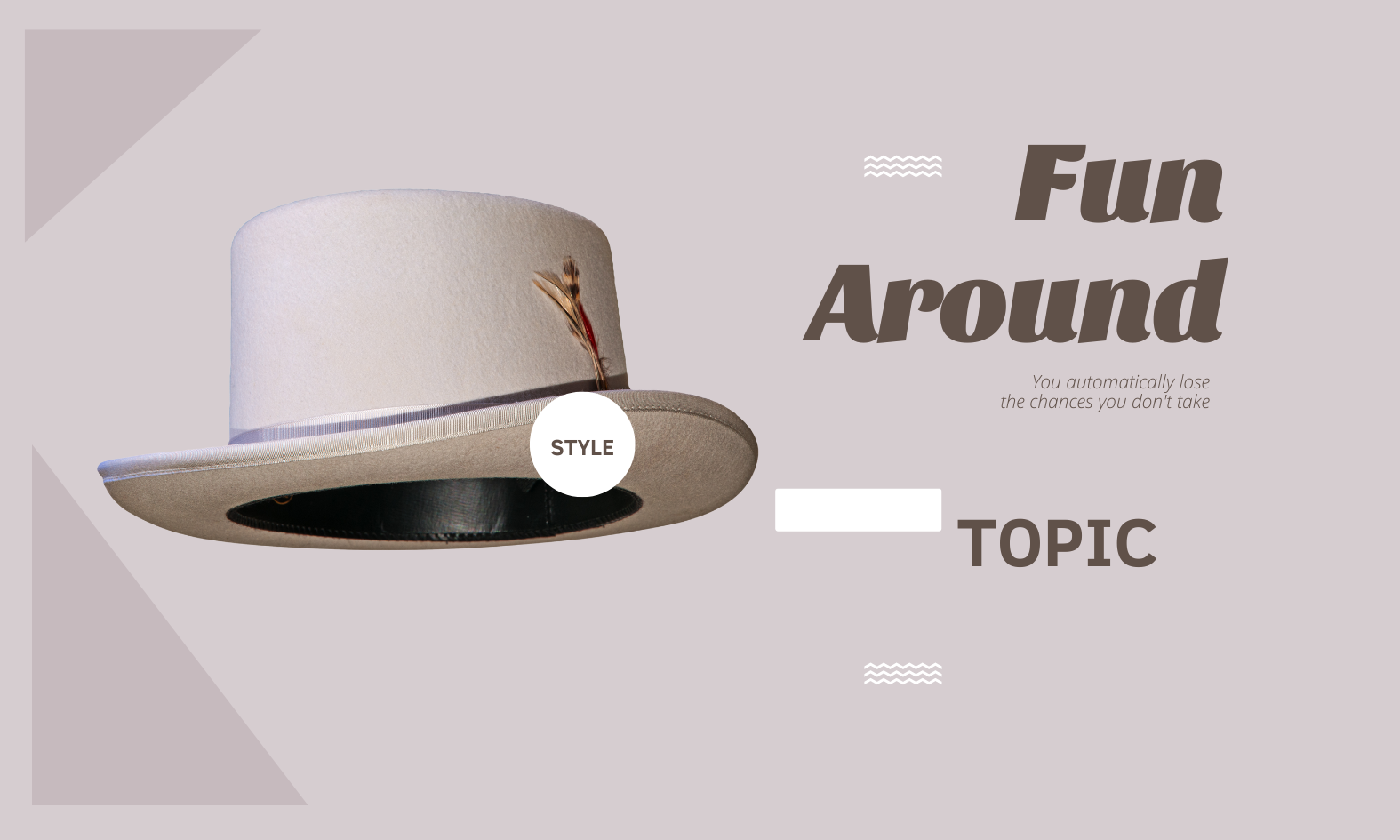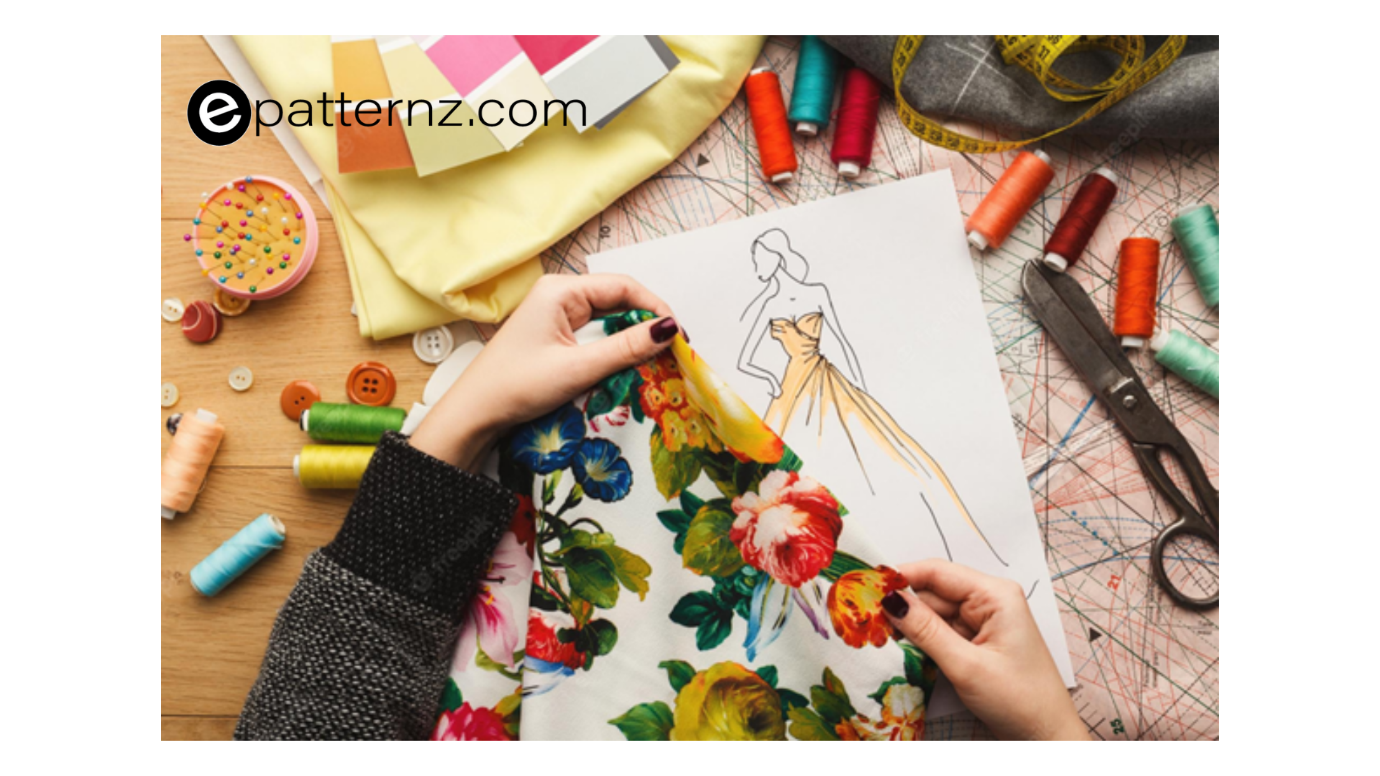.jpg)
Discovering the Realm of Fabric Textures: Methods, Instruments, and Pointers
Discovering the Realm of Fabric Textures: Methods, Instruments, and Pointers
Fabric texture plays a crucial role in the tactile and visual appeal of textiles, adding depth, dimension, and character to any design. Whether you're a fashion designer, interior decorator, or textile enthusiast, understanding and mastering fabric textures can elevate your creations to new heights. In this guide, we'll explore the fascinating world of fabric textures, delve into the methods and instruments used to create them, and share valuable pointers to help you make the most of this essential design element.
Methods for Creating Fabric Textures
Creating texture in fabric involves various techniques, each offering a unique way to manipulate and enhance the surface of the material. Here are some popular methods:
-
Weaving: The way threads are interlaced during weaving can create a wide range of textures. For example, twill weaves produce a diagonal ribbed texture, while satin weaves result in a smooth, glossy surface.
-
Knitting: Knitted fabrics can have varying textures depending on the type of knit. Ribbing, cables, and lace knits are just a few examples of how knitting techniques can add texture.
-
Embroidery: Adding embroidery to fabric introduces raised, intricate patterns that contribute to the overall texture. Techniques like French knots, satin stitch, and chain stitch are commonly used to create textured embroidery.
-
Felting: Felting is a process where fibers are matted together using heat, moisture, and pressure, resulting in a dense, textured fabric. This method is often used with wool to create soft, warm textiles.
-
Quilting: Quilting involves stitching layers of fabric together, often with padding in between, to create a textured, three-dimensional effect. This technique is widely used in bedding, jackets, and decorative items.
Instruments for Crafting Fabric Textures
To achieve the desired texture in your fabric designs, certain tools and instruments are indispensable. Here are some of the key instruments used in fabric texturing:
-
Looms: Weaving looms are essential for creating textured woven fabrics. They come in various sizes, from small tabletop models to large industrial machines.
-
Knitting Needles and Machines: Whether hand-knitting with needles or using a knitting machine, these tools are vital for creating textured knit fabrics.
-
Embroidery Hoops and Needles: An embroidery hoop keeps the fabric taut, while needles of various sizes allow you to create detailed, textured designs with thread.
-
Felting Tools: Felting needles, felting mats, and rolling pins are commonly used in the felting process to manipulate fibers and create texture.
-
Sewing Machines: For quilting and other texture-creating sewing techniques, a reliable sewing machine is a must. Specialized presser feet and attachments can help you achieve unique textures.
Pointers for Working with Fabric Textures
Working with textured fabrics requires a thoughtful approach to ensure the best results. Here are some pointers to keep in mind:
-
Consider Fabric Weight: The weight of the fabric can impact how the texture behaves. Heavier fabrics may hold more structured textures, while lighter fabrics may drape more fluidly.
-
Mind the Grain: When adding texture, pay attention to the fabric's grain. Working against the grain can sometimes distort the texture or alter the intended effect.
-
Test Swatches: Before committing to a full project, create test swatches to see how the texture develops and how it interacts with the fabric. This helps avoid surprises later on.
-
Use Contrast: Combining different textures in one piece can create visual interest. For example, pairing a smooth satin with a rough burlap can make both textures stand out.
-
Maintenance Considerations: Some textured fabrics may require special care. Ensure you understand the maintenance needs of the fabric to preserve its texture over time.
Conclusion
Exploring and mastering fabric textures opens up a world of creative possibilities. By understanding the methods and instruments used to create texture, and by applying thoughtful techniques, you can enhance the tactile and visual appeal of your designs. Whether you're crafting a luxurious garment, a cozy quilt, or an elegant piece of home decor, the texture will play a key role in bringing your creative vision to life. So dive into the realm of fabric textures, experiment with different methods, and let your creativity soar!












